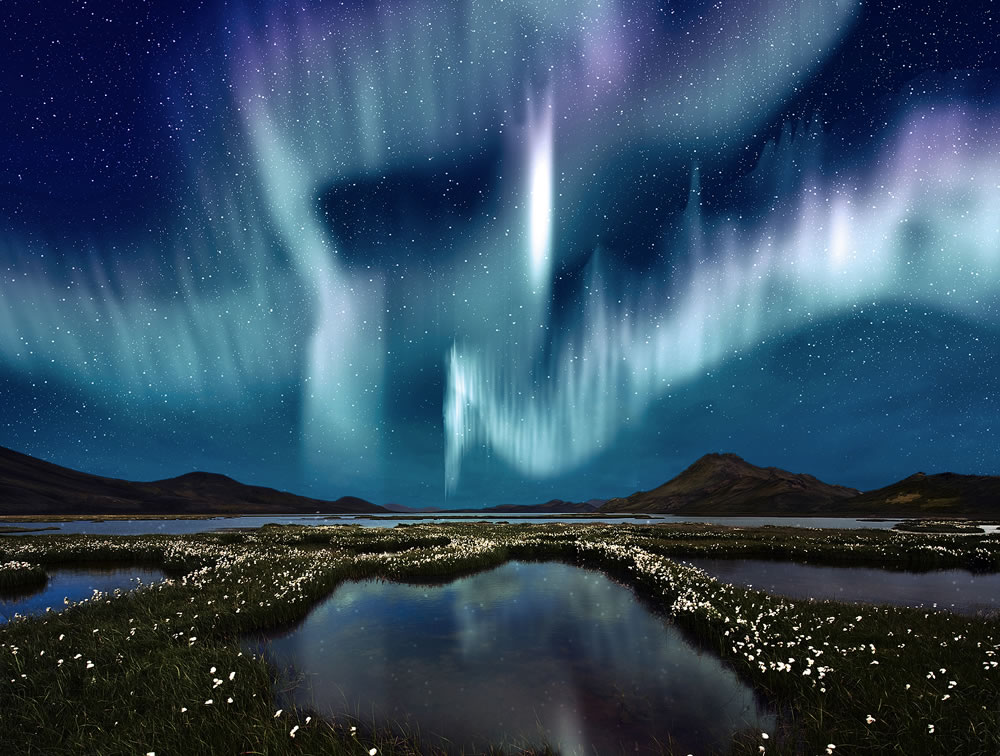The Northern Lights are a magical spectacle that can be witnessed in the skies around the Arctic Circle, including areas across Scandinavia, Iceland, Canada, and Alaska.
Each Northern Lights season, from September to early April, people from across the globe flock to these locations in the hope of catching a glimpse of the dancing lights. But what are the chances of getting to experience the phenomenon, and is there a way to guarantee a viewing?
Sustainable travel experts Discover the World have put together a handy guide which details all you need to know about the stunning Northern Lights.

How are the Northern Lights created?
Also referred to as the Aurora Borealis, the Northern Lights are a natural light display in the sky, predominantly seen in high-altitude regions, that occur due to magnetosphere disturbances caused by solar wind. The lights can appear to be dancing and swirling, which is a result of charged particles from the sun being trapped in Earth’s magnetic field, creating these magnificent moving displays.
When is the best time to see the Northern Lights?
Luckily, the lights can be seen across the northern hemisphere in various locations, with the most popular months for aurora holidays between October and March, when the nights are long. Clear skies provide optimum conditions for sightings, which typically means temperatures are cold, but temperature does not make any difference to your chances of seeing the Northern Lights.
The Aurora can only be seen under dark skies, which can mean as early as 4pm in the afternoon in the far north, during winter, through to sunrise. Svalbard offers the unique possibility of seeing the Northern Lights at any time of day or night during the polar night. The optimal time to see the lights are typically from 9pm to 2am, which is when many excursions operate.

Where should I go for the best experience?
With the Northern Lights regularly occurring, parts of Sweden, Finland, Norway and Iceland are ideal for winter getaways complete with a fun and exciting itinerary for an unforgettable holiday.
Northern Scandinavia and Iceland are the most accessible regions for UK visitors, with Swedish Lapland one of the best locations to see the Northern Lights from the Aurora Sky Station in Abisko National Park. Not only does this offer cloudless skies ideal for viewing the aurora, but it is surrounded by beautiful wilderness and can be easily combined with a night in the world-famous Icehotel.
Alex, one of the Aurora travel experts at Discover the World, says: “Wherever you go to see the Northern Lights, the key to witnessing them is patience, as some nights can take several hours of waiting for them to appear – but it is well worth it!”






















